First part of the interview to the photographer.
Project by Tum Wuthipol Uj
Interview by Maria Serena Bongiovanni
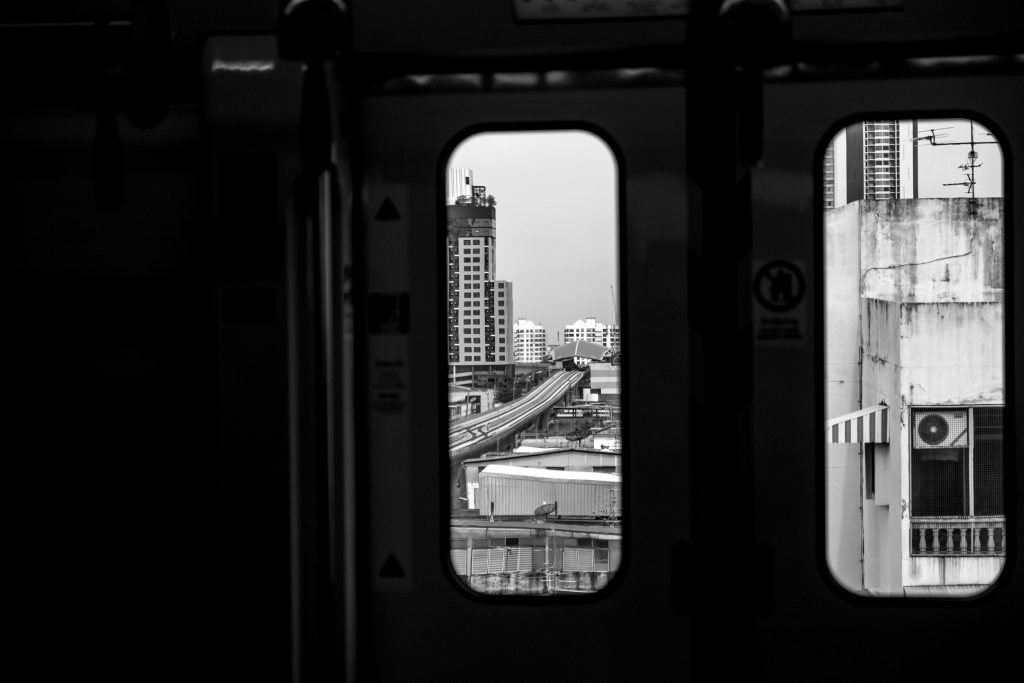
The identity of a place is also shown by its architecture and it can be explored by photography. That’s why we decided to visit Thailand and specifically Nonthaburi in order to understand new developments in local areas.
For this purpose, it’s essential the point of view of a local photographer. W have the pleasure and opportunity to interview Tum Wuthipol Uj who adopts a poetic aesthetic to create a fascinating relationship between images and viewers within the series by using architecture and ladscape as a relevant subject.
We present THE PURPLE LINE — a photography zine that explores the changing suburban landscape outskirt of Bangkok, out the window from a new skytrain.
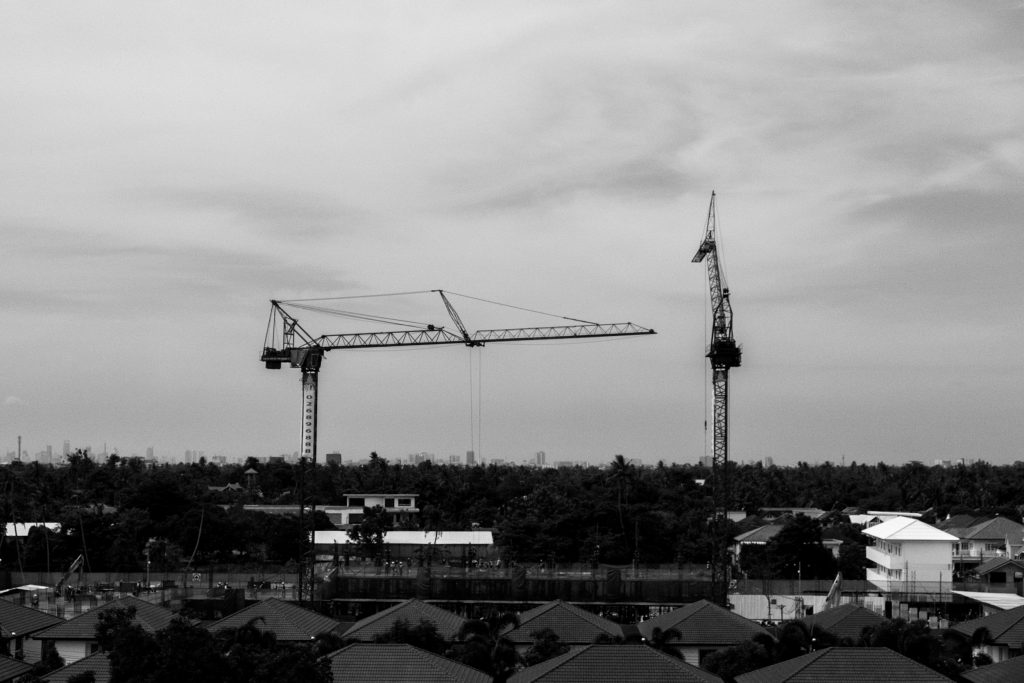
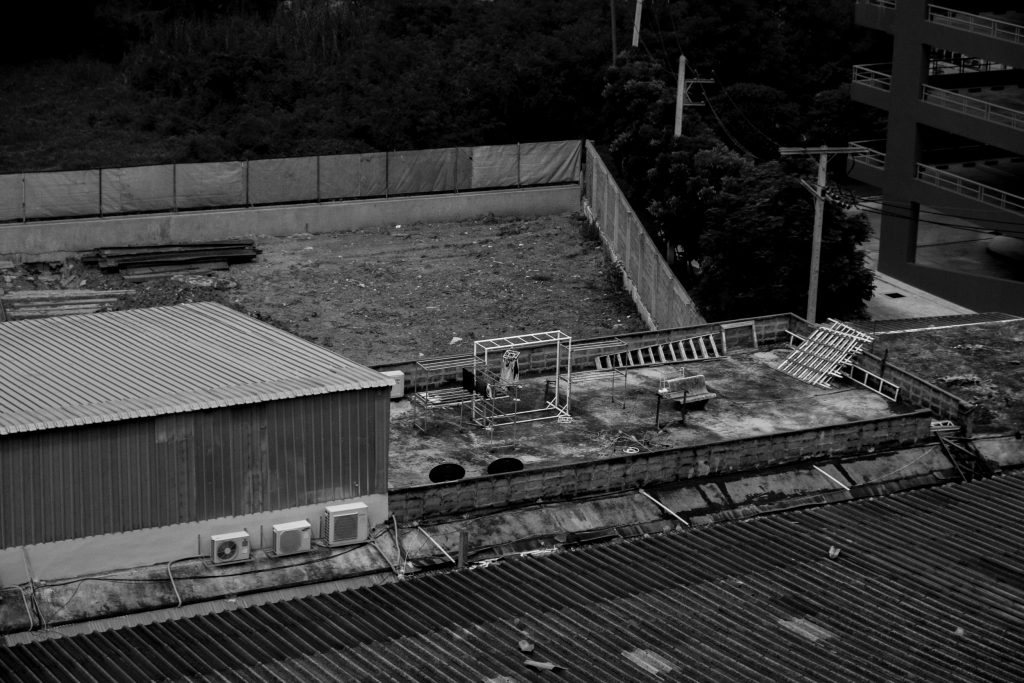
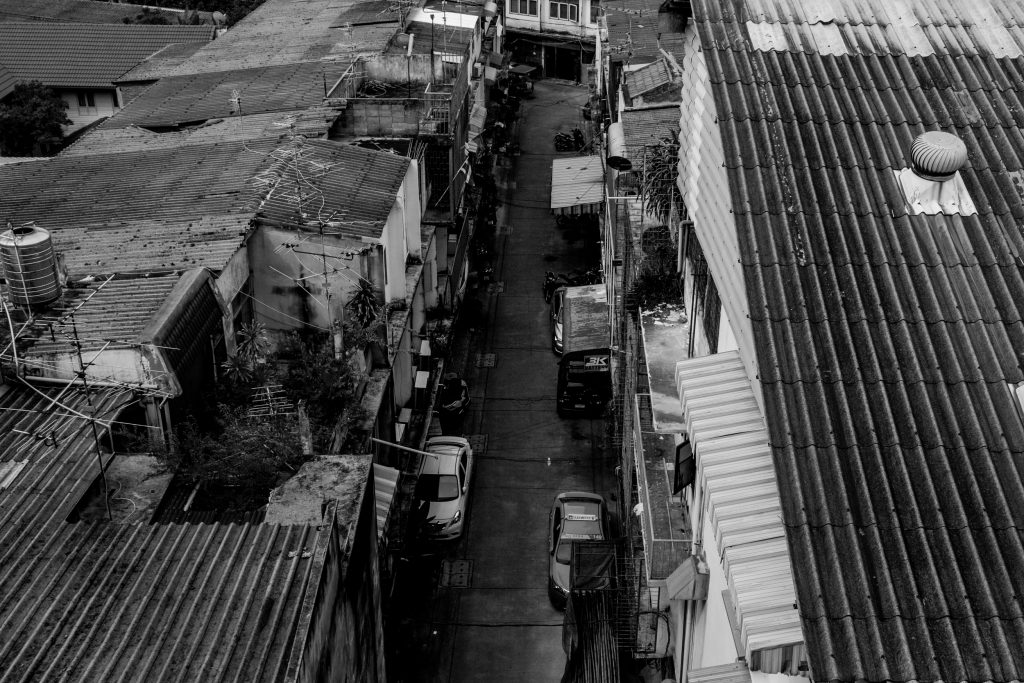
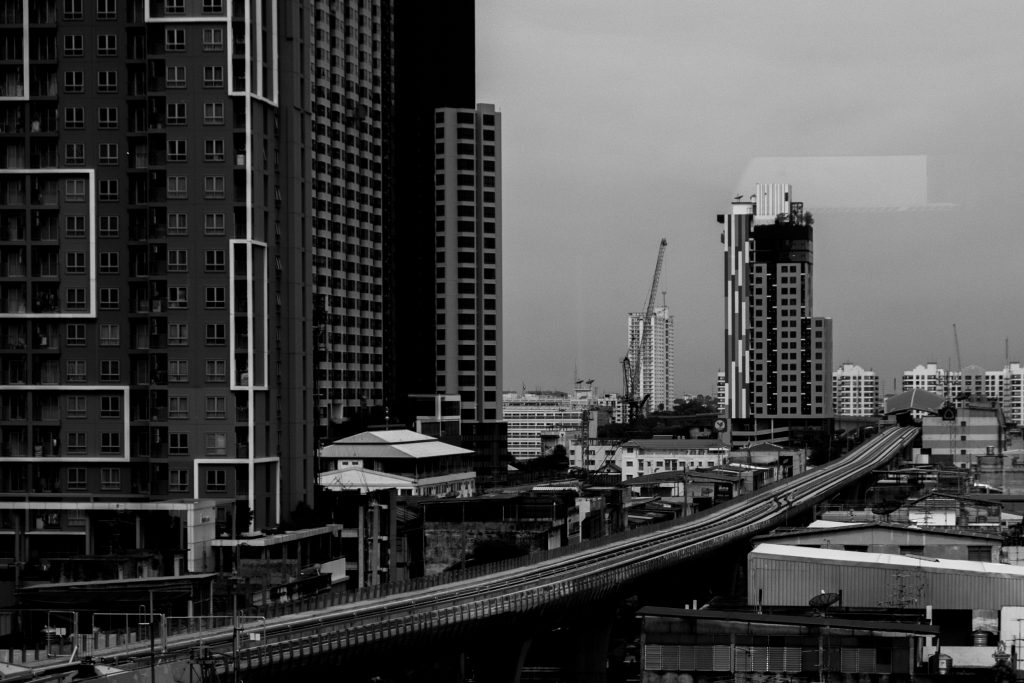
ABOUT
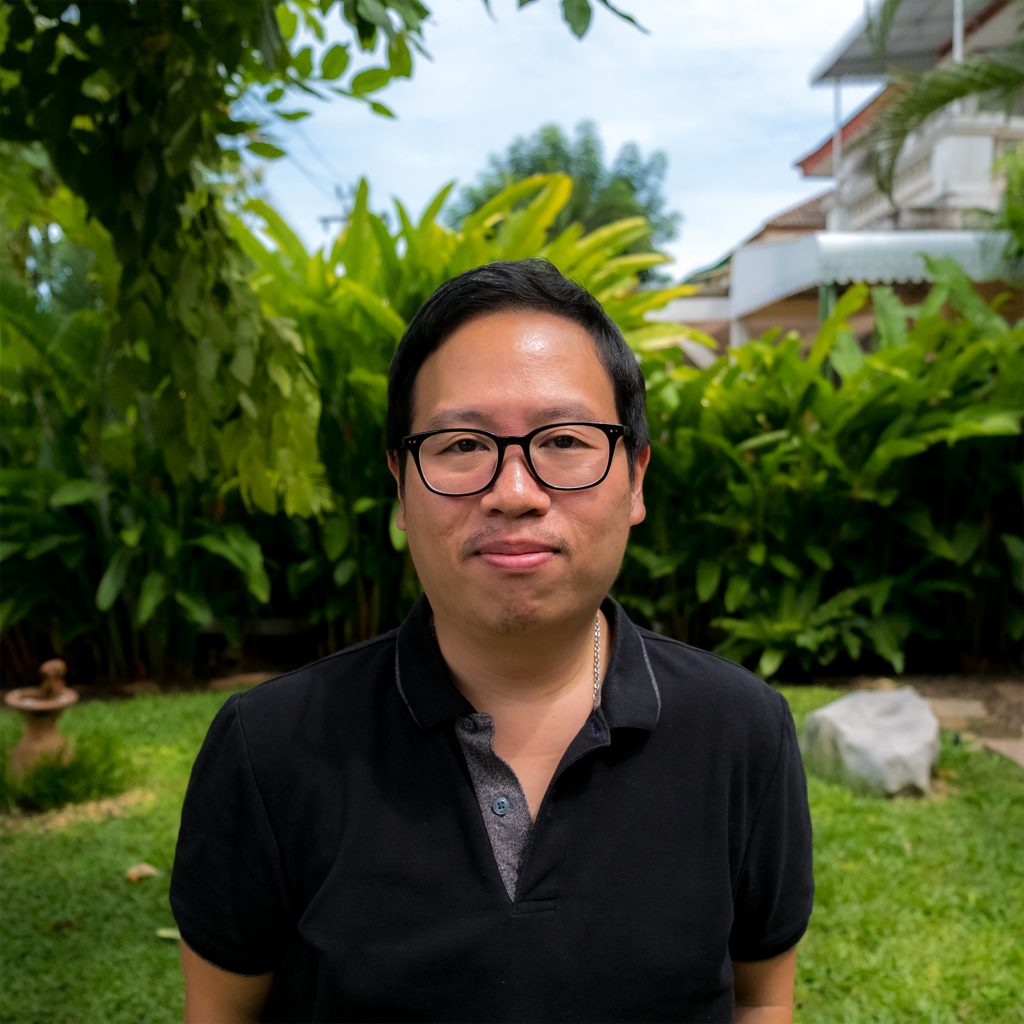
Tum Wuthipol Uj is a Bangkok-based photographer and communication designer.His work focuses on personal observations of urban landscape and its obscures. He is passionate in photographic publication design. This inspires his investigation on visual relationships between images on a page.
In the past years he exhibited and took part to numerous art book fairs including Melbourne, Bangkok, Singapore, Seoul, Tokyo between others.
Moreover, he created Aperture Brought Me Here: a self-motivated enterprise that investigates the relationship between photographic narrative and its conceptual documentary through the craft of publication design. The scope of work revolves around a prospect of how a book could interact with the readers through a series of photographs without an influence of words.
“Things are always beautiful only to those who choose to observe—you can choose to see more of the world or focus on what matters the most.”
I’m curious about your beginning in photography. Tell me more. What drew you to the studio and sparked your interest in photography?
With a profession as communication designer, my particular interests in photography untypically revolves around a prospect of how photography co-exists and interacts with elements of publication design without an influence of texts. So I use photography as an approach to ‘choosing to see’ by observing a certain reality created with personal interpretations and imaginations.
Through self-discovery, photography has intuitively become a passion with an intend to documenting my ever-changing surroundings. Curiosity through an obsessive observant tendency is possibly the definition of what drew me to taking photographs on a daily basis. I spent several years exploring diverse styles in photography, from street to landscape, to find myself best at embracing the beauty of urban mundane and its locality.
This experience eventually inspires me to look beyond photography to an endless possibility. It further enhances how photographs can collectively convey a narration through the craft of publication design. I believe each photograph has its own meaning but when they are paired or grouped, those meanings are disregard and replaced by new possibilities.
“My career goal is to continue to learn and grow, take on challenges and use my skills to solve design problems with a body of work that is communicative and meaningful.”
THE PURPLE LINE
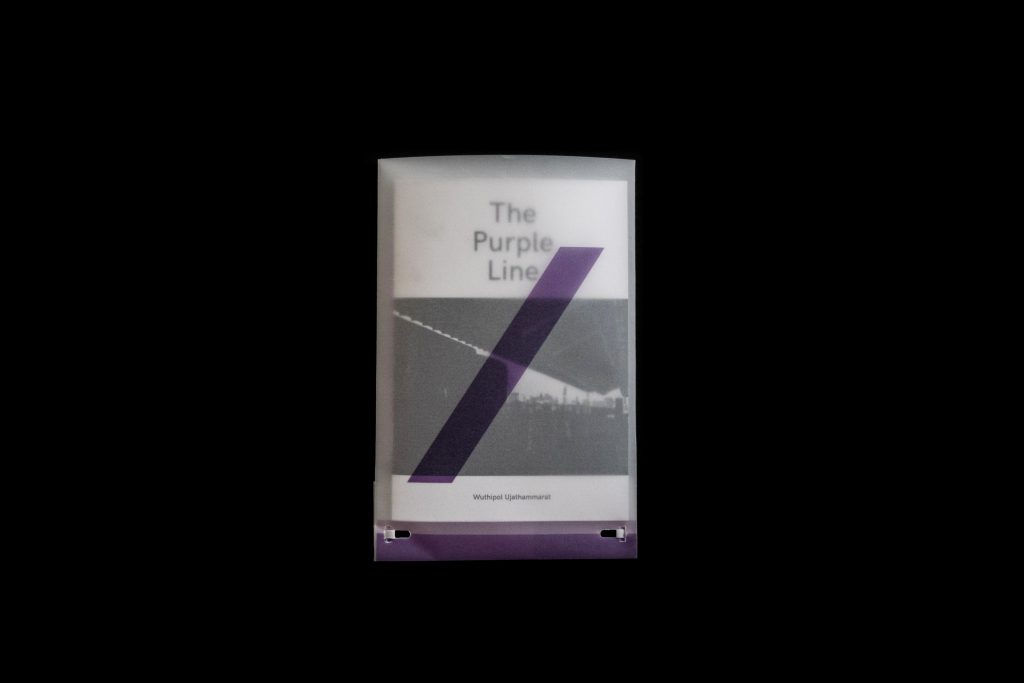
What inspired the book The Purple Line? And what is the keyword of your project?
The idea of trial and error seems to be a relevant inspiration for this particular work, both in the context of Thailand’s newest metro The Purple Line and the craft of this publication.
In fact, through observations, I was fascinated by the changing and unchanging urban landscape that the new railway brings to the local districts.
Although it conveniently connects Bangkok to a gradually growing province of Nonthaburi, the unsettling cityscape alongside the tracks somehow remains unchanged. I was quite eager, even when it was only within its first year of operation, to learning about its logistic and capability in escorting or guiding new developments and communities into the areas.
Concerning the viewers, what do you hope people take away from the book?
My intention behind this project is to create a visual documentation, in a form of photography zine. It records how a cluttering city of Bangkok can take advantage of this new infrastructure. In this work, I aimed to photograph any possible changes to the urban landscape seen out the train window—how it will soon be filled with bustling urban lives.
This project is frankly more about the craft of publication design that drives the narrative beyond photography. It’s characterized by a handcrafted sleeve that covers the zine to reenact the use of smart ticket, and a presentation of black and white photographs to nostalgically recall moments of the past. In about 4-5 years’ time, I will be creating another series of The Purple Line as a comparison of what was, what is and what will be.
Embody the idea of different and varying perspectives, can you tell me a bit about your main concerns and decisions while thinking about the final form for this project?
As a communication designer, I needed to ensure that the photographic narrative makes a complete sense in general, and smoothly flows through from start to finish. Intuitively, I wanted both the narrative and the design application to speak for themselves without relying on the description.
I believe the work does capture a sense of exploration through the handcrafted pocket sleeve. It’s possible by getting the readers involved with the product well before they see the actual work.
Through layout design within, I also intended for the visual structure and sequence to reflect on how the Purple Line journeys and terminates.
For example, by adding pauses or blank pages throughout the work—much like how the train stops and continues on.
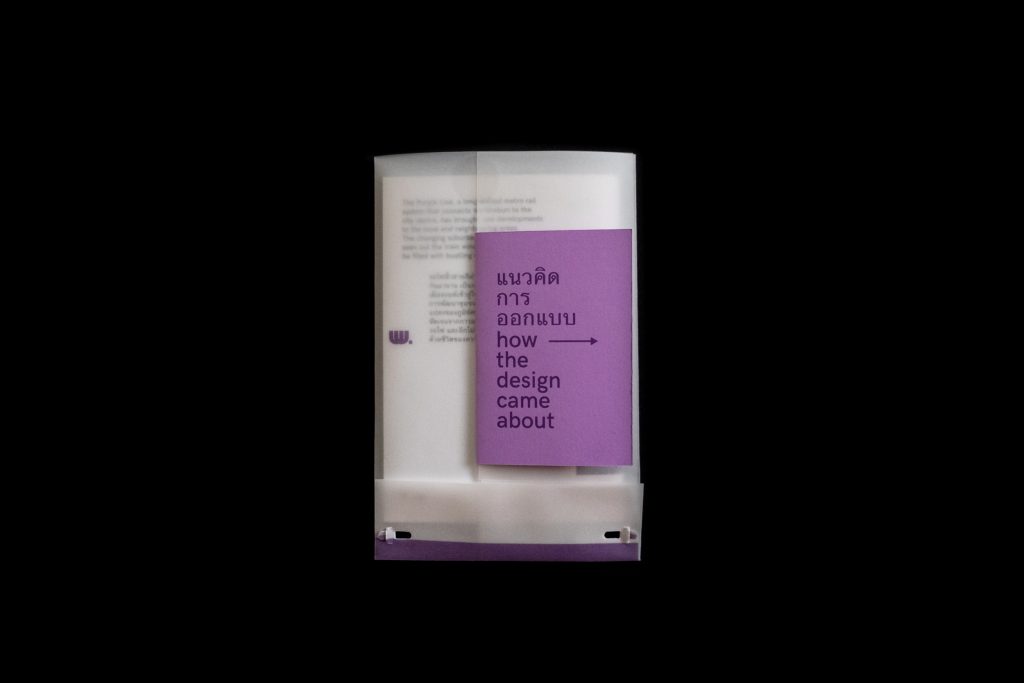
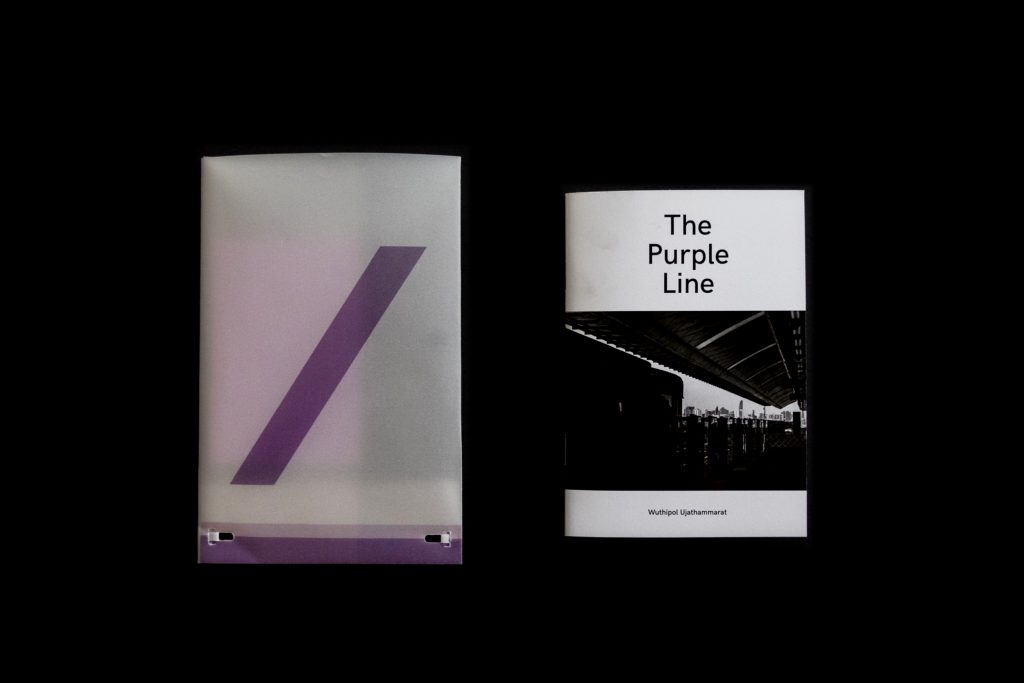

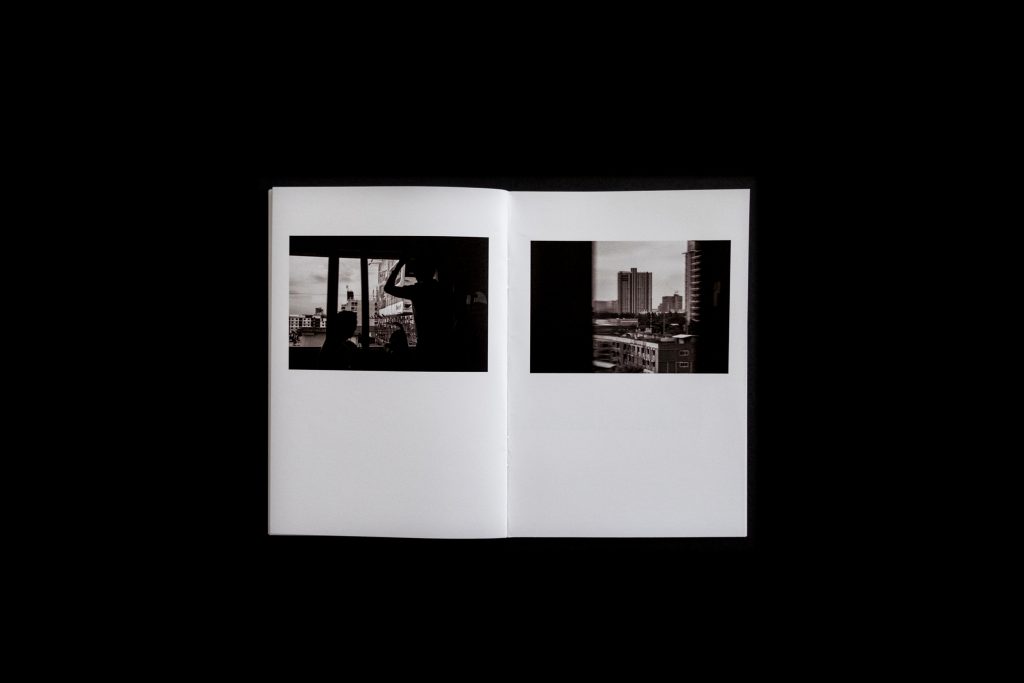
Details:
Format: saddle stitch, stapled
Dimension: A6 105 x 148 mm
Edition of 50 copies
Editor: Self-published, 2018, Bangkok, Thailand
You can order your copy here
If you’re interested and don’t have Etsy, contact the artist.
Credits:
© Tum Wuthipol Uj
Official website
Instagram
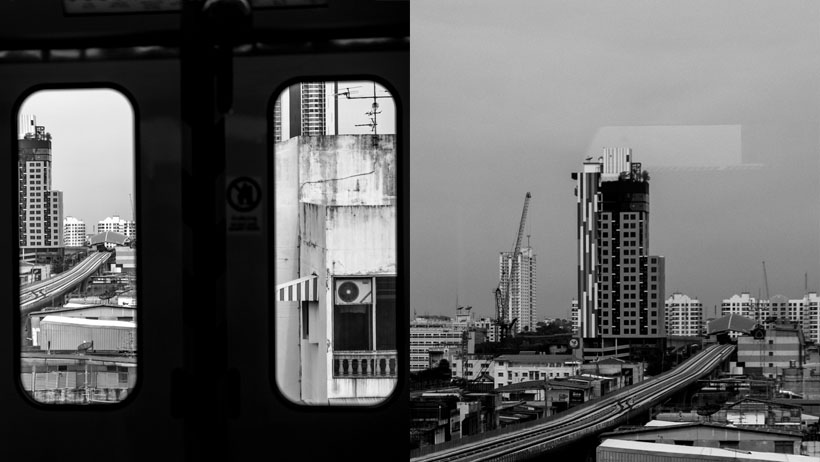
Like!! Great article post.Really thank you! Really Cool.
I couldn’t resist commenting. Well written!
If you are going for finest contents like I do, simply go
to see this site every day as it provides quality contents, thanks
Wonderful website you have here but I was curious about if you knew of any discussion boards that cover the same
topics discussed here? I’d really love to be a part of group
where I can get advice from other experienced people that share the same interest.
If you have any suggestions, please let me know.
Thanks!